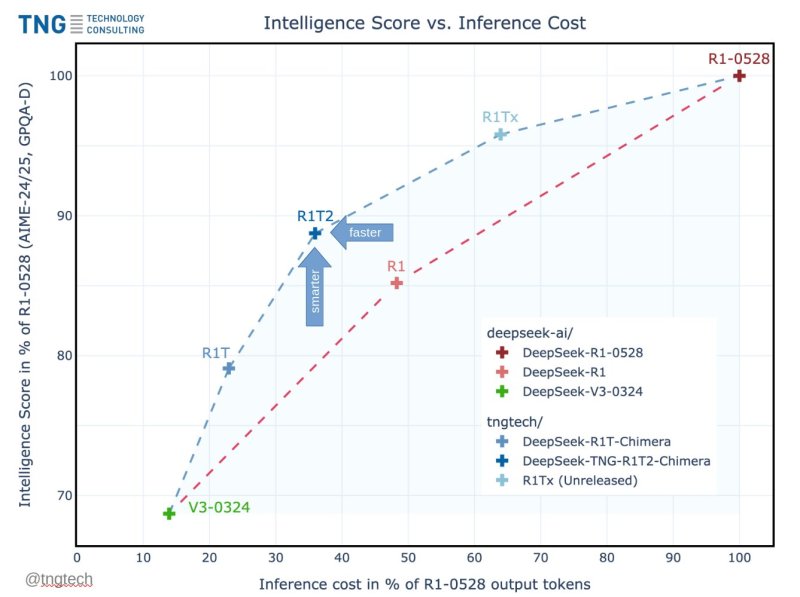
According to the Energy Institute’s (EI) latest statistical review of world energy report, which was published recently, the world’s top oil producer is the United States.
The report showed that the U.S. produced 20.135 million barrels of oil per day in 2024. That represented a 3.6 percent increase year on year and 20.8 percent of the total oil production in 2024, according to the report, which highlighted that U.S. oil production has seen an average yearly growth rate of 5.5 percent from 2014 to 2024.
Saudi Arabia was shown in the report to be second biggest oil producer in the world last year, with 10.856 million barrels per day. That figure marked a 3.6 percent drop year on year and 11.2 percent of the world’s total, the report outlined. From 2014 to 2024, Saudi Arabia has seen an average yearly oil production decline rate of 0.6 percent, the report pointed out.
Russia was ranked third for oil production in the EI report, with 10.752 million barrels per day. That figure represented a 2.9 percent drop year on year and 11.1 percent of the global total for 2024, the report highlighted. From 2014 to 2024, Russia has seen an average yearly oil production decline rate of 0.2 percent, the report showed.
Total world oil production came in at 96.890 million barrels per day in 2024, according to the EI’s latest report, which showed that this was a year on year increase of 0.6 percent. Total world oil output has increased by a yearly average of 0.9 percent from 2014 to 2024, the report highlighted.
The report pointed out that its oil production figures include “crude oil, shale oil, oil sands, condensates (lease condensate or gas condensates that require further refining), and NGLs (natural gas liquids – ethane, LPG and naphtha separated from the production of natural gas)”.
These figures exclude liquid fuels from other sources such as biofuels and synthetic derivatives of coal and natural gas, as well as liquid fuel adjustment factors such as refinery processing gain, the report highlighted. The figures also exclude oil shales/kerogen extracted in solid form, the report revealed.
Top Crude Oil and Condensate Producer
The EI’s latest statistical review of world energy showed that the U.S. was also the world’s top producer of crude oil and condensate.
According to the report, the U.S. produced 13.194 million barrels per day in 2024. This was a 2.0 percent year on year increase and represented 15.9 percent of the world’s total crude oil and condensate production last year, the report outlined. From 2014 to 2024, the U.S. has seen an average yearly growth of 4.2 percent in crude oil and condensate production, the report showed.
Russia ranked second for crude oil and condensate production in 2024 in the report, with 10.222 million barrels per day. That figure was 3.1 percent down year on year and represented 12.3 percent of global crude oil and condensate output in 2024, the report showed. From 2014 to 2024, Russia has seen an average yearly drop in crude oil and condensate production of 0.2 percent, according to the report.
The EI report outlined that Saudi Arabia ranked third for crude oil and condensate output last year, with 9.203 million barrels per day. That figure marked a 4.2 percent year on year drop and 11.1 percent of global output, according to the report, which showed that the country has seen an average yearly drop of 0.8 percent in crude oil and condensate production from 2014 to 2024.
Total world crude oil and condensate production was 82.788 million barrels per day last year, according to the EI’s latest report, which showed that this was a year on year decrease of 0.1 percent. Total world crude oil and condensate output has increased by a yearly average of 0.5 percent from 2014 to 2024, the report highlighted.
In its report, the EI highlighted that its crude oil and condensate output figures include crude oil, shale/tight oil, oil sands, and lease condensate or gas condensates that require further refining. They exclude liquid fuels from other sources such as biomass and synthetic derivatives of coal and natural gas, the report pointed out.
To contact the author, email [email protected]




















